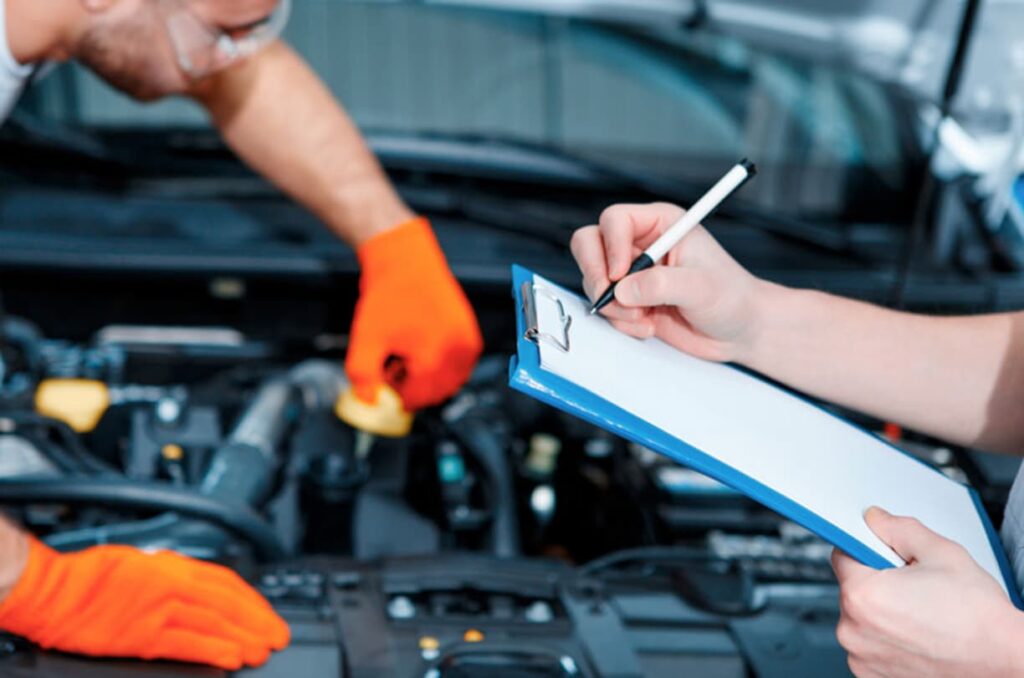3S LiPo batteries are popular among hobbyists and electronics enthusiasts due to their balance of power and efficiency. Whether you’re into RC vehicles, drones, or other gadgets, properly charging and balancing your 3S LiPo batteries is crucial for maximising their lifespan and performance. In this guide, we’ll take you through the steps to safely charge and balance your 3S LiPo batteries using the right charger and techniques, all while ensuring their longevity.
What Are 3S LiPo Batteries?
Before diving into the charging and balancing process, let’s briefly review what 3S LiPo batteries are. A 3S LiPo battery is a lithium-polymer battery pack comprising three individual cells connected in series. Each cell typically has a nominal voltage of 3.7 volts, resulting in a 3S pack having a nominal voltage of 11.1 volts. These batteries are known for their high discharge rates and energy density, making them ideal for high-performance applications.
Why Balancing Matters
RC car batteries require careful attention to charging and balancing because of how their cells behave. If one cell becomes overcharged or over-discharged compared to the others, it can lead to cell damage, reduced capacity, or, in extreme cases, fire or explosion. Balancing ensures that all cells in the pack have the same voltage, keeping them in harmony and preventing any cell from becoming overcharged or over-discharged.
Step-by-Step Guide to Charging and Balancing 3S LiPo Batteries
1. Gather Your Equipment
Ensure you have the following equipment ready:
- A quality 3S LiPo battery charger
- Your 3S LiPo battery pack
- A LiPo charging bag or fireproof container for safety
- A stable power source (e.g., a power adapter or a car battery for field charging)
2. Connect Your Charger
Plug your charger into a stable power source and connect it to your 3S LiPo battery. Ensure the polarity matches the charger’s connectors to your battery’s balance plug and main discharge plug.
3. Select the Right Settings
On your charger, select the appropriate settings for a 3S LiPo battery. It includes specifying the battery type (LiPo), cell count (3 cells), and desired charge rate. Unless your battery’s documentation specifies otherwise, the charge rate should be at most 1C. Charging at 1C means a current that equals the battery’s capacity, e.g., 2200mAh for a 3S 2200mAh battery.
4. Balance Charging
Choose the balance charging mode on your charger. Balance charging ensures that all cells in the battery are charged equally. It is essential for safety and to maximise the battery’s lifespan and performance.
5. Start the Charging Process
Double-check all settings and connections to ensure they are correct. If everything is in order, start the charging process. Your charger will monitor each cell’s voltage and adjust the charging to keep them balanced.
6. Monitor the Process
During the charging process, watch your battery and charger closely. If you notice any unusual heat, swelling, or hissing sounds, stop the charging immediately and place the battery in a safe location.
7. Charging Complete
Once the charger indicates that the charging process is complete, disconnect the battery from the charger. Ensure you store it safely, away from flammable materials and at the recommended storage voltage (typically around 3.8 to 3.85 volts per cell).
Different Charging Modes
Most modern RC car battery chargers offer several charging modes, including:
Balance Charge: Ensuring Uniform Cell Charging
Balance charging is the go-to mode for most LiPo users, especially when dealing with 3S LiPo batteries. Here’s a closer look:
Why Balance Charge Matters
LiPo batteries are made up of multiple cells, and over time, these cells can become slightly imbalanced due to differences in internal resistance and capacity. This imbalance can worsen if left unattended, leading to reduced performance and safety hazards.
How Balance Charging Works
In this mode, the charger carefully monitors the voltage of each cell within the battery pack during the charging process. It adjusts the charge delivered to each cell to ensure they all reach the same voltage simultaneously. It ensures that all cells are equally charged, promoting longevity and safety.
When to Use Balance Charging
Balance charging should be the standard mode used for routine charging. It’s the safest and most effective way to maintain your 3S LiPo battery’s health over time.
Discharge and Cycle Modes: Maintaining Battery Health
Discharge and cycle modes are valuable tools for those who want to maintain their 3S LiPo batteries actively over time. Here’s how they work:
Discharge Mode
Discharge mode lets you safely and gradually drain your LiPo battery to a storage-safe voltage. It can be helpful if you need to store a fully charged battery that won’t be used for a while.
Cycle Mode
Cycle mode combines charging and discharging cycles to help condition your battery. It can help break in new batteries or refresh older ones. This mode typically involves a set number of charge and discharge cycles, which can help maintain battery health.
Following these step-by-step guidelines and utilizing the correct charger and techniques, ensures your batteries perform at their best and provide reliable power for your hobbies and projects. Always priorities safety, use a LiPo charging bag or container, and never leave your batteries unattended during the charging process. With the proper knowledge and precautions, you can unlock the full potential of your 3S LiPo batteries and enjoy countless hours of high-performance fun. sprunki horror Endless Fun Awaits!



